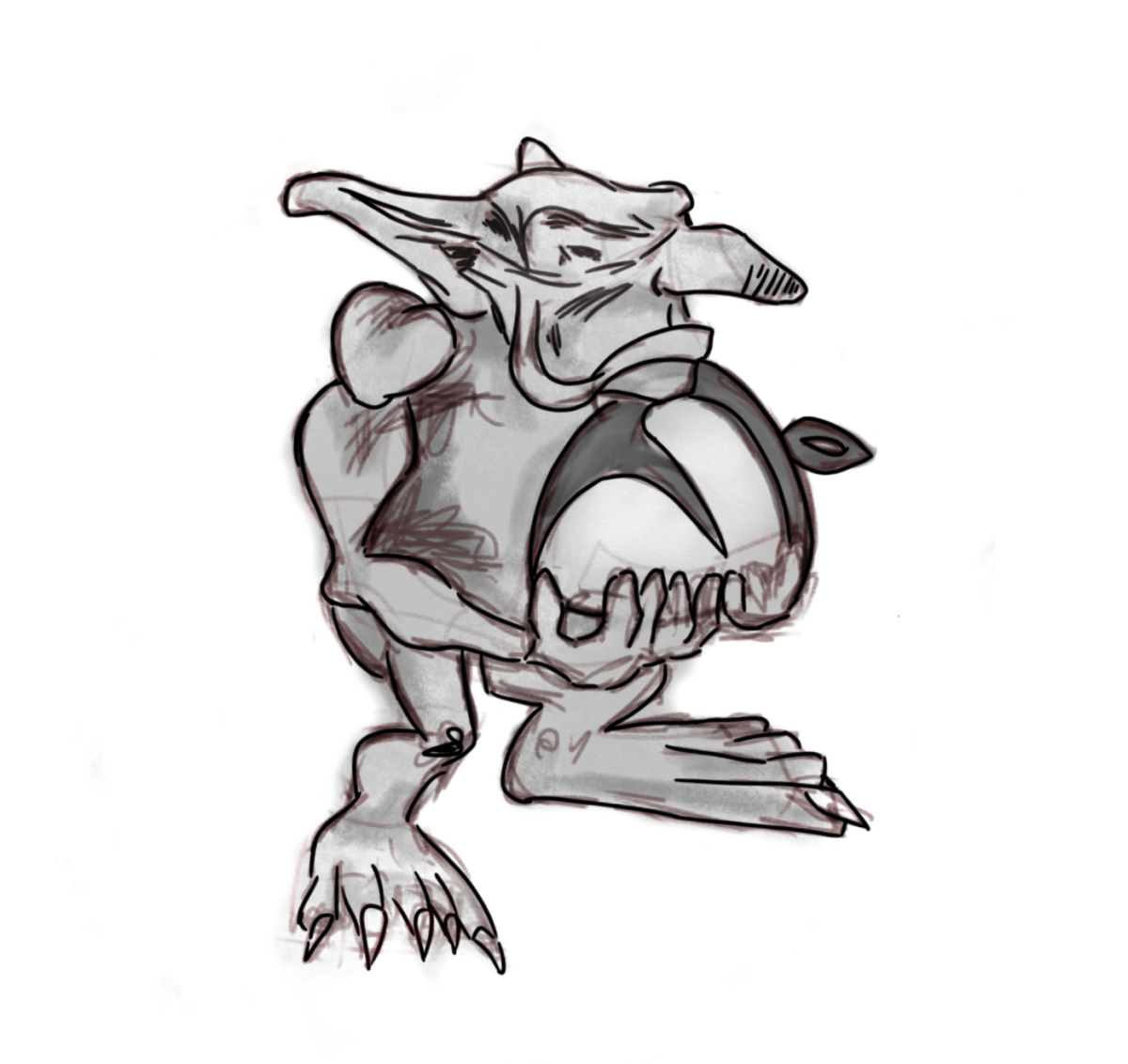When students are young, there is a big push to allow everyone to try everything. The idea is to have children find their passion at a young age. Elementary schools implement music lessons, computer labs, art classes, sports, and after-school programs such as Math Olympiad into their curriculum. From a young age, the adults in students’ lives try to guide them in one direction or another.
During this time of exploration, many girls display a natural curiosity for science, technology, engineering, and mathematics, which is commonly grouped into the acronym STEM. They are able to thrive in the classroom as well as make hypotheses while playing outside of school. However, one day this fascination of STEM for many girls starts to decrease.
In the last few years, studies from TrueChild and Microsoft have shown that gender conformity has had an impact on the number of girls who stay in the STEM field. Before third grade, students feel more free to be uniquely themselves no matter what their stereotyped gender roles have told them to be. After third grade, the ideology that you have to fit in and be like the other girls starts to change the mindset of young girls. By eighth grade, there are half as many girls who say that they have any interest in the field.
This is evident in our campus today, with higher level math and science classes having been seen to have fewer girls than boys. Mayo Ou, a junior at Claremont High School previously saw this in her AP Calculus BC class.
“In my math class last year, there were approximately twenty students and only five of us were girls,” Ou said. “That was when I realized that there was something wrong in the system.”
Ou has loved STEM from a young age and wanted to create an empowering community to help fix the inequality she saw. So, she formed a Women in Stem club.
“I thought it would be cool to create a space that is welcoming to anyone that wants to do STEM without being judged for who they are,” Ou said. Her club has been achieving that with having over 30 members. A safe space is the first step in helping fix the disproportionate gender gap.
Sixty percent of girls say they are hesitant to go into a STEM profession because they would not be treated equally in the field according to AAUW. The study also reported that there needs to be more female role models to look up to. The sad truth is that young girls have grown up seeing plastic Barbies in showcases, women as models, or books portraying women in humanities fields, but rarely was a book written about an astrophysicist or mechanical engineer. While it is the twenty-first century and people argue that stereotype barriers have been broken, only a dent has truly been made.
When students are able to find role models whether through their parents, teachers, or famous figures, there is a higher chance of them staying in STEM. Sophomore Katie Truttmann has seen the positive effects of having role models.
“STEM has played a huge role in my life and mindset,” Truttmann said. “It has encouraged me to be curious and to always ask questions. I wouldn’t be who I am now without the role models and gentle pushes that encouraged me to investigate STEM.”
Creating a space with like-minded people, such as the Women in STEM club, allows for inspiration to be fostered and role models to be found. Forming friendships with people who have similar interests creates a support system that allows students to continue their passions. The stigma behind girls wanting to further their education and go into science, technology, engineering, or mathematics is simply outdated. Society’s perspective needs to be changed.













